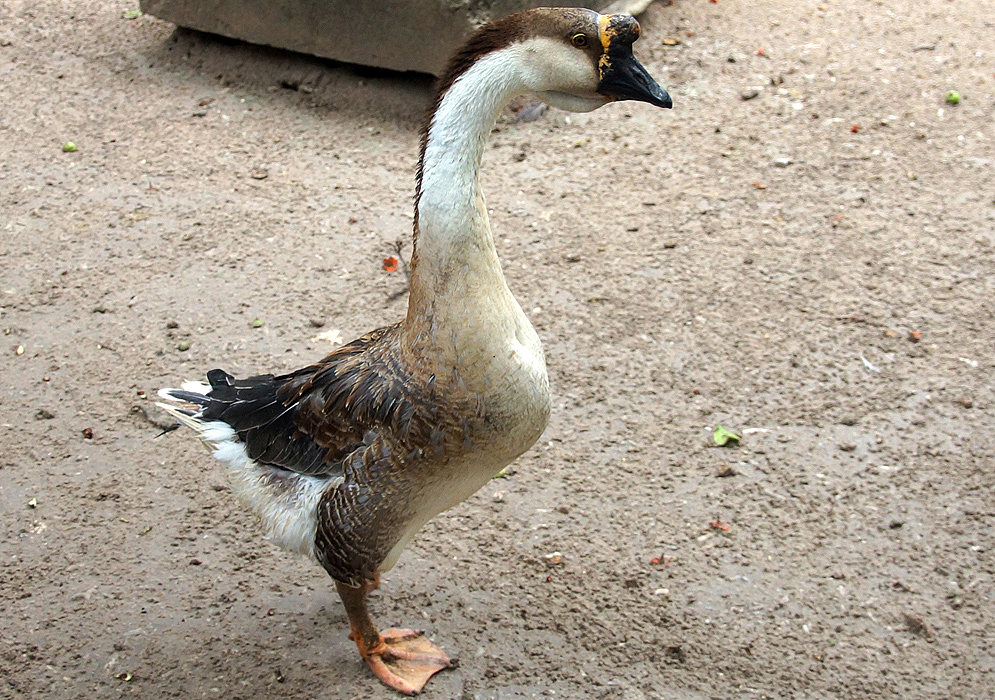This post has 11 Simple Fields-fields attached. Show fields.

The Swan Goose is a large, migratory waterfowl native to Mongolia, Northeast China, and the Russian Far East, with a wintering range extending mainly to central and eastern China. Occasional vagrants are spotted in Japan, Korea, Kazakhstan, Laos, Siberia, Taiwan, Thailand, and Uzbekistan. Despite its widespread historic range, the species is now classified as Vulnerable due to a declining population, currently estimated at 60,000 to 90,000 individuals, attributed to habitat loss, excessive hunting, and egg collection. Domestically, the Swan Goose is an ancestor to two breeds known as the Chinese Goose and the African Goose, which have been domesticated since at least the mid-18th century, with some estimates dating back to around 1000 BC in China. These domestic breeds exhibit significant differences from their wild counterparts in terms of appearance, temperament, and productive traits, such as meat and egg yield. In the wild, the Swan Goose is characterized by a long neck, large size, and heavy bill, with adult birds typically measuring 32 to 37 inches in length and weighing 6.2 to 7.7 pounds. Their plumage features a greyish-brown back with a maroon hindneck and cap, and they possess a distinctive loud, honking call. Swan Geese inhabit areas from steppe to taiga and mountain valleys near freshwater, grazing on a diet consisting of sedges, grasses, and water plants. They form small flocks outside the breeding season and prefer to graze on plains and stubble fields, sometimes far from water. Domestic descendants are widespread in various regions beyond their natural range due to human introduction and feral populations.

